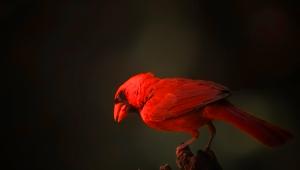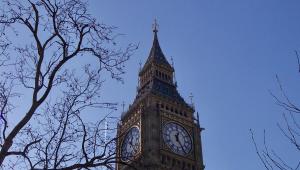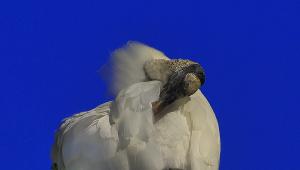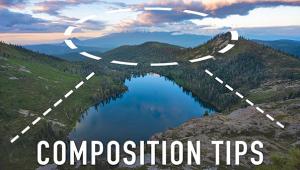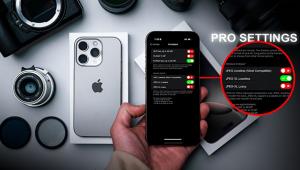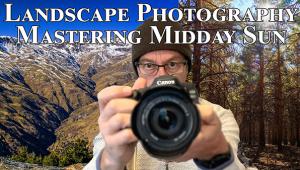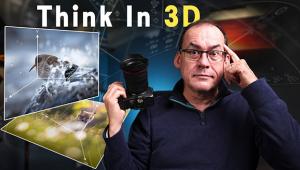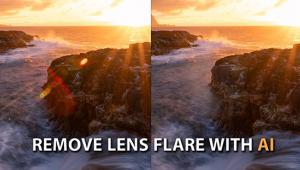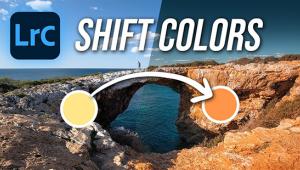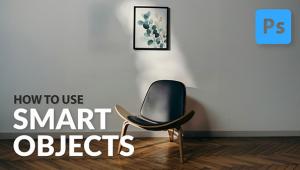I'm interested in bird/wildlife photography and there are situations when the light doesn't allow more than 1/125 sec with a 100-400 lens. These are situations when I find IS very helpful, especially because I wouldn't want to raise the ISO because of higher noise.
Please briefly comment on the addition of image stabilization.
- Log in or register to post comments

These lenses are a rather sophisticated way by the manufacturers of making your old ones obsolete. With my investment in optics, I avoid buying a body from any system that adopts and requires "in lens" VR system. Two can play this game, but I have the advantage of holding the money!

I really appreciate the "IS" in the longer glass. I just wish more would offer it for the Four Thirds System to lower the overall cost across the board. To my knowledge only two manufacturers offer glass for the For Thirds of Olympus. There needs to be more competition in this segment of the market place. Good Glass is currently less costly for my Nikon gear than for my Olympus gear. In all, this technology helps but is not relied upon as much as a good tripod and steady hand.

I think VR is most useful for mid-range, "walk-around" lenses. For travel photography in places like Europe where the skies are frequently overcast, the extra stops of hand-holdability really make a difference. I don't think VR adds value to telephoto lenses -- those lenses belong on a solid tripod.

Image stabalization is benificial. I would rather see it in the lens so that there is less mechanical complexity in the body and the VF shows the stabalized image. The added expense of the lesnes that have IS is not that big a deal. I personally feel that the lens is the proper place to implement this feature.

Having recent covered a few presidential primary rallies, I can safely say that image stabilization in my Canon 70-200 f/2.8 was definitely worth the money! Even with TV and video lights, those gyms really suck up the light, especially when your subject is not in front of the lights.

My requirement for image stabilization has nothing to do with low light. I shoot airplanes in flight. Using too high a shutter speed freezes the propeller and makes the plane look like a model on a string. To blur the prop and give the plane some dynamics, it requires a shutter speed much lower than the 1/(focal length) hand-holdable speed. Image stabilization gives me an additional 3-4 stops of hand-holdability so I can get that necessary prop blur. (I might typically shoot with 420mm equivalent focal length, at 1/125 sec.)

Gaining 2 - 3 F-Stops of leeway, especially when I'm shooting sporting events with my telephoto in low light means the difference between getting the shot I want or winding up with an unusable blur. I own 3 stabilized lenses, and use them constantly. I wouldn't buy anything else.


